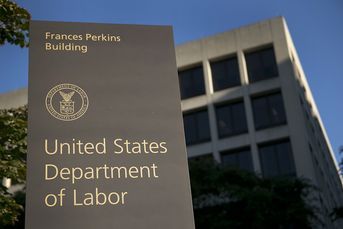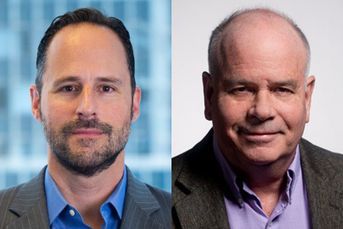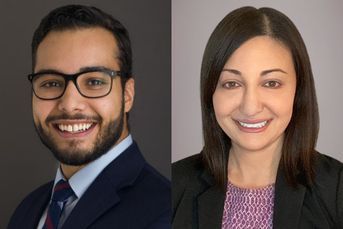ESG gaining ground in 529 programs

More than a dozen college-savings plans now include at least one investment option following environment, social and governance criteria
College savings programs have reworked their investment menus over the past several years, with many taking an interest in ESG funds.
Seventeen 529 plans now include at least one fund that uses environmental, social and governance criteria, according to a report published Monday by AKF Consulting Group. Those include individual funds as well as asset-allocation portfolios with ESG components.
College savings plans have also undergone serious changes to help reduce risks for investors, revamping the glide paths of their target-date-style portfolios or adding many more “age bands” to age-based portfolios.
And benefitting from the rise in fee-based practices, direct-sold 529s have outpaced adviser-sold plans.
ESG POPPING UP MORE
Interest in ESG funds has been percolating for years, as investors reconcile their personal values with those of their portfolios. Nonetheless, the incorporation of ESG investing in the college-savings world has been slow, much as it has been in 401(k) plans.
But the recent outperformance of ESG funds during the dramatic market selloff this year is likely stoking more interest. While the S&P 500 fell by nearly 24% during the first quarter of 2020, funds rated highest by Morningstar for their ESG properties experienced much smaller declines, on average, at less than 18%.
That outperformance has been attributed to the risks that ESG funds tend to reduce by investing in companies that are less exposed to climate change or other risks.
“It’s a little bit of a risk-management tool,” AKF managing director Andrea Feirstein said. Among 529 plans carrying Morningstar’s top rating, gold, only two such programs include ESG funds – those of California and Virginia. Across all 17 plans that include ESG options, which are provided by nine different investment managers, fees range from 12 basis points to 95 bps, according to the AKF report.
Even so, “there’s got to be more education of the plan administrators about the role ESG can play” before they are more widely added to plans, Feirstein said.
TARGET-DATE CLEAN UP
Five years ago, Morningstar pointed to the lack of college savings plans that used glide paths within their target-date portfolios. The common design, instead, was to have five or six age bands from which investors were moved, as children turned certain ages. The problem with that design is that the rigid steps between portfolios led to considerably large shifts in asset allocations in short order – meaning that if the market was down, account holders could easily lock in losses.
After the ratings firm became critical of that design, many programs switched to the smoother glide path design similar to target-date funds used in 401(k) plans. Another others that retained age-based portfolios, rather than target years, doubled or tripled the number of age bands they used, so as to reduce the aggressive rebalancing that happened between them, Feirstein noted.
Florida’s program, for example, recently increased its number of age bands from five to 15, she said.
Currently, about 30% of all 529 plans use the retirement-style glide paths, according to the AKF report.
DIRECT-SOLD DOMINATES
529 plans have become much more well-known over the past decade, due to marketing and media coverage, Feirstein said. That has contributed to a shift in types of plans sold. In 2010, 51% of college-savings program assets were in adviser-sold plans, according to the report. That fell to 41% this year, with lower-cost direct-sold plans account for a higher proportion of sales.
“The programs have gone to great effort to make their investments more attractive, simpler to understand and lower cost,” Feirstein said. “The states’ very focused marketing and their program changes to make the plan affordable and accessible is really part of what’s driving it.”
It’s also a change that follows the increasing popularity of such plans.
“How much easier could it be? You just go online and in 10 minutes you have a 529 account,” Feirstein said. People “are saying, ‘I don’t have to pay a high-cost broker.’”
In direct-sold plans, the average cost for age-based investment options was 35 bps in 2019, compared with 89 bps in adviser-sold plans, according to a recent report from Morningstar.
Direct-sold plans are also doing more to reach out to advisers – some such programs, for example, have their own landing pages that are exclusively for advisers. Utah’s program, for example, includes a site dedicated to advisers.
Advisers who are compensated with wrap fees tend to seek out the high-quality plans with low-cost investment options, Feirstein said.
“If I were an RIA, I’d be looking for a plan that accommodates me,” she said.
Learn more about reprints and licensing for this article.








